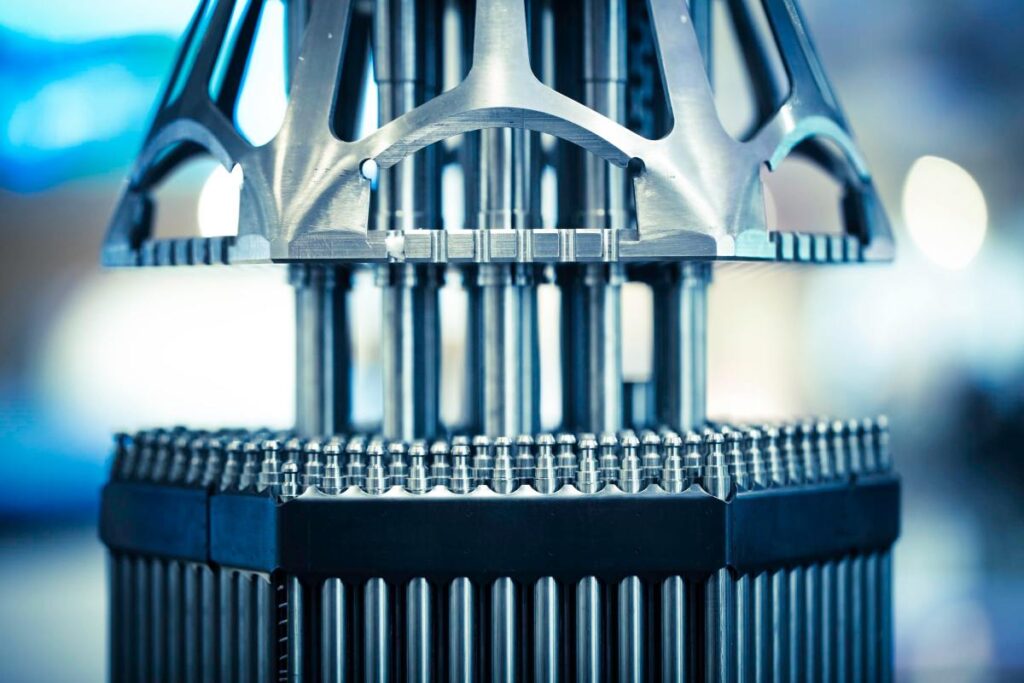Nuclear startup Deep Fission plans to bury small reactors to power data centers
In the 1950s, the United States began detonating nuclear bombs underground to limit the radiological, social, and political fallout from above-ground testing. Hundreds of feet of rock formed a neat barrier over the next 40 years as nations continued to pound the Earth’s interior.
Now, a nuclear startup wants to bury a small reactor underground, using depth as an alternative to the tons of concrete needed to protect above-ground reactors. company, Deep fissionEndeavor signed an agreement Tuesday with data center developer Endeavor to build 2 gigawatts worth of underground nuclear power.
Nuclear power startups are going through a tough time, in part due to the growing power demand of data centers running compute-intensive workloads for AI applications. Google has it Combined with Kairos For 500 MW reactors, while Amazon has done so Transformed into X-Energy For about 300 megawatts. Data center operator Switch has signed a deal With Oklo backed by Sam Altman For 12 gigawatts of electricity. Meanwhile, Meta takes a different path, Calling nuclear developers To submit proposals.
Most nuclear startups specialize in designing small modular reactors, which promises to reduce costs through mass production techniques. Its compact footprint is also attractive to developers, who prefer to maximize the number of servers on their properties.
The deep fission reactors will be lowered via cables through a 30-inch-deep, one-mile-deep well. The reactors are pressurized water designs, a common approach used in everything from nuclear submarines to massive power plants. A steam generator coupled to the reactor converts the heat into steam, which will be fed to the surface via pipes running the length of the well. Any maintenance will require moving the reactor to the surface, which the company says will take “only an hour or two.” Deep Fission is targeting five to seven cents per kilowatt-hour, less than half that price Lazard estimates Today’s new nuclear power costs in the United States
The deal is the latest in a series of agreements that, if completed, will lead to a nuclear energy renaissance with the US deep fission plan being to commission its first reactor in 2029, which is in line with other companies’ plans.
As with most of its peers, Deep Fission has not yet received a license from the Nuclear Regulatory Commission. The startup began this process in March. In the past, it could take years to get approval, but a new law sets an 18-month timeline for the NRC to grant small modular reactors approval or rejection. So far, Kairos is the only company that has it I succeeded This process.



